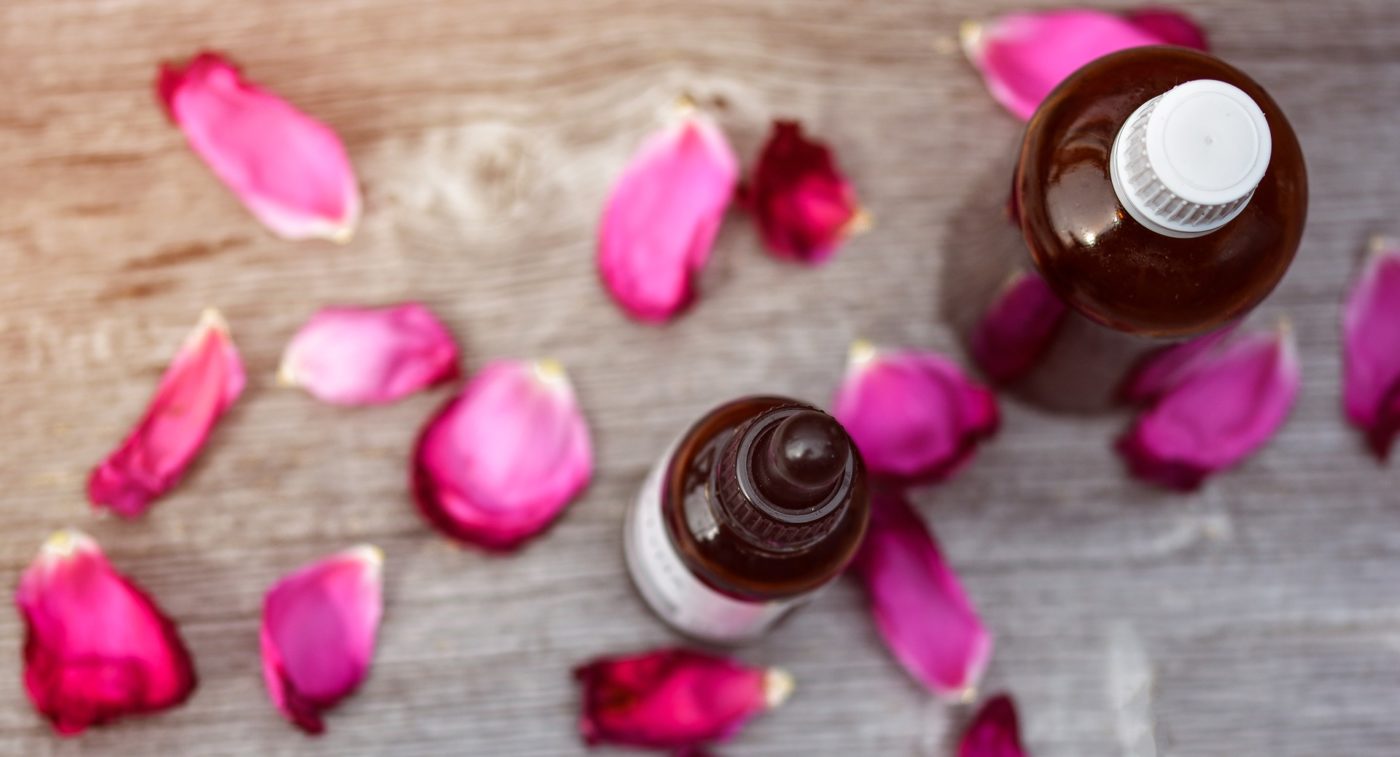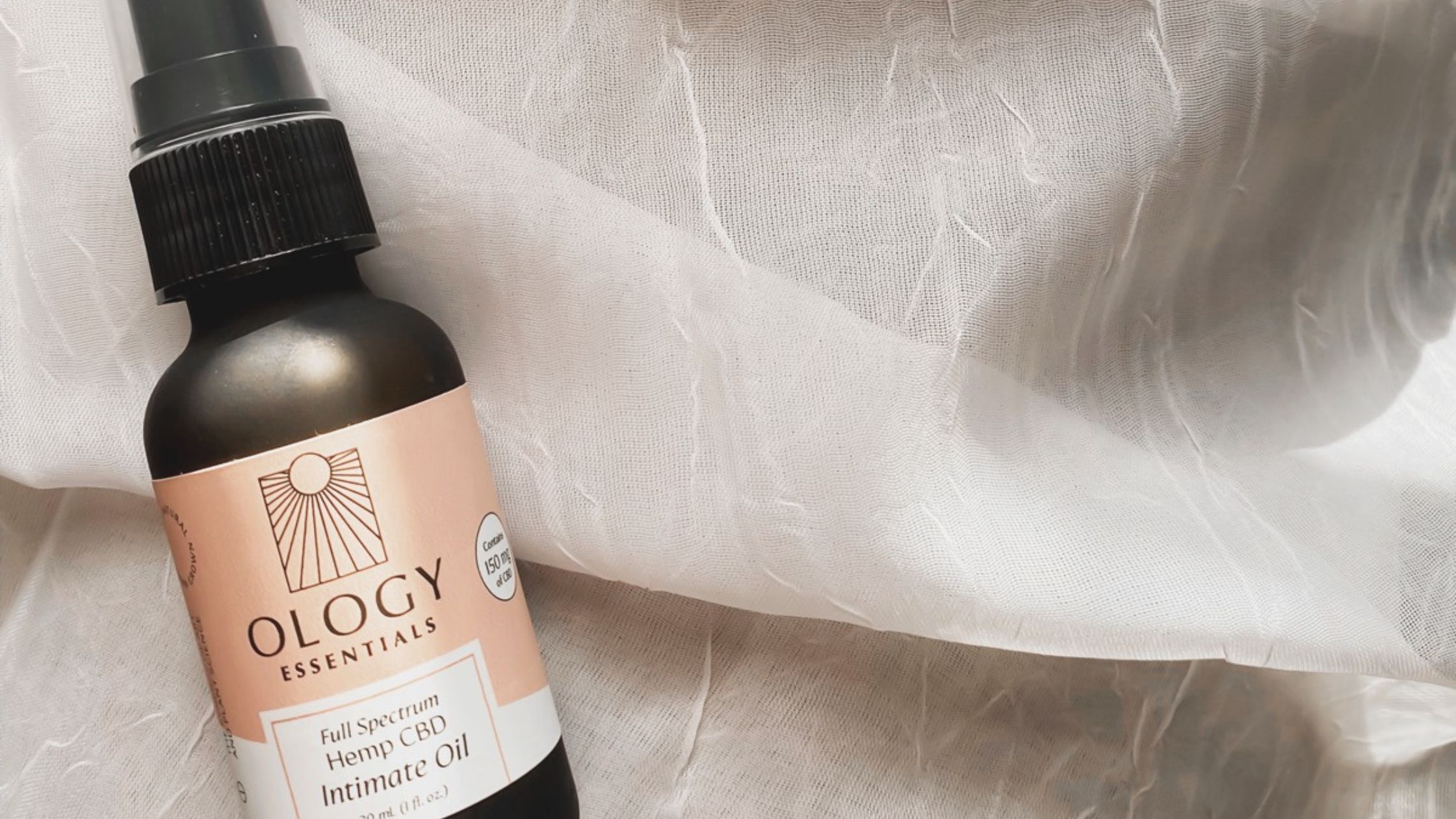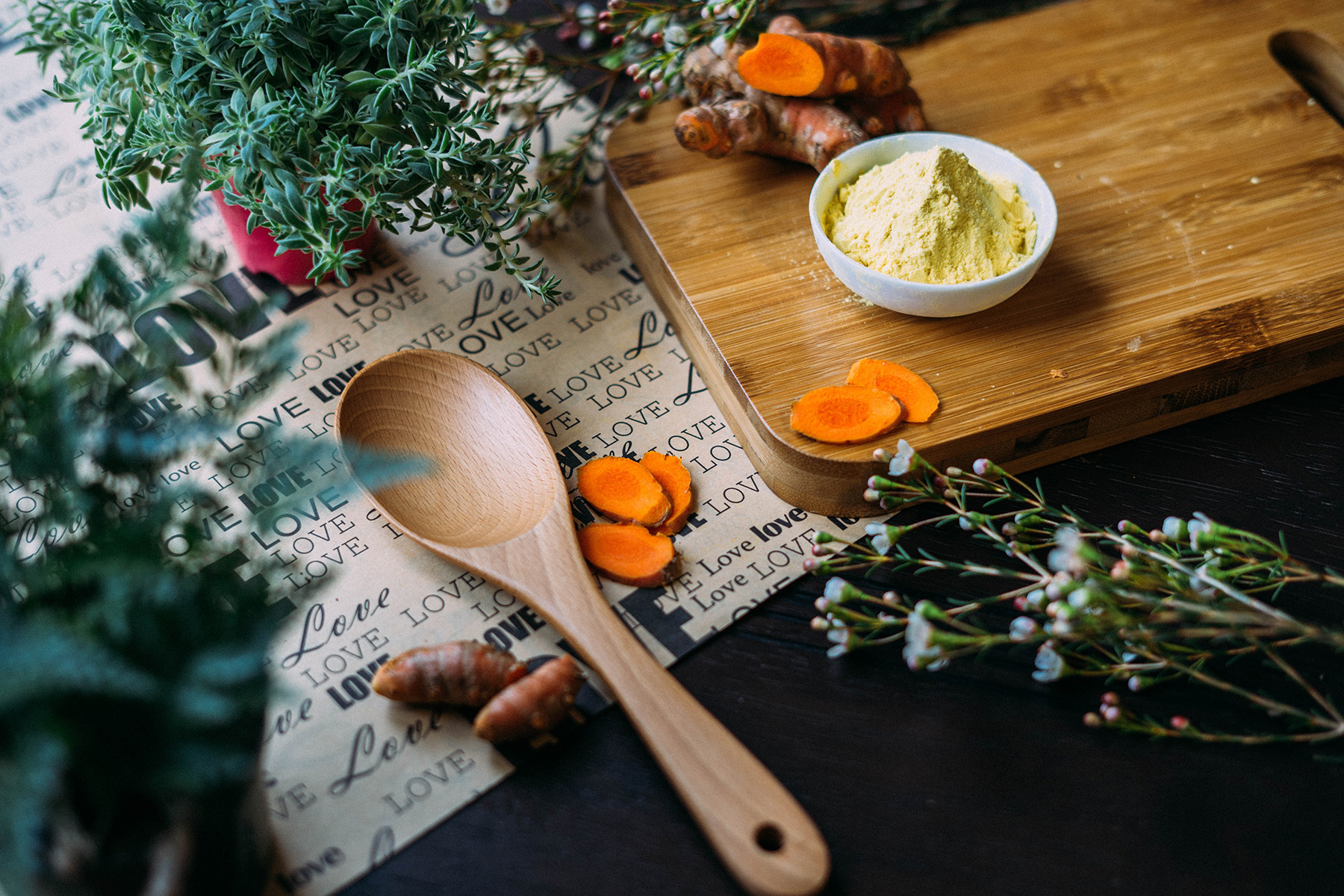The Safe Us of Essential Oils
Ology Essentials believes strongly in the safe use of essential oils and the accurate dissemination of information. We want you to be able to use essential oils throughout your entire lifetime. It is our deep and abiding love for aromatherapy that motivates us to share Ology Essentials Safe Practices.
Topical Usage
Ology Essentials does not advocate the use of undiluted essential oils, raindrop therapy or AromaTouch. Undiluted and high concentrations of essential oils directly on the skin put the user at risk for sensitization. Essential oils are highly concentrated substances and some can cause chemical burns when used undiluted on the skin. Ology Essentials recommends a dilution rate of 1% or less for children 6 years old and younger. For the average healthy adult a dilution rate of 1-2% is safe. Never put essential oils in your eyes.
Internal Usage
Ology Essentials does not support internal (oral, vaginal or rectal) use of essential oils. These practices are only to be administered qualified in Aromamedicine using an aromatogram and even then only sparingly. Internal use of essential oils can cause chemical burns of the mucus membranes, mouth and esophagus. Cases of have been reported of heart problems, chemical burns, slowed breathing, as well as stomach, kidney, liver and gallbladder damage after short and long term internal usage.
Take Precautions
Caution should be taken when using essential oils on babies, children, the elderly, pregnant women, during chemotherapy, and for those suffering from heart conditions, autism, mast cell activation syndrome, autoimmune diseases, epilepsy, allergies, and high blood pressure.
Aromatherapy Safety Standards
The Alliance of International Aromatherapists (AIA) does not endorse internal use of essential oils or undiluted usage.
The National Association of Holistic Aromatherapists (NAHA) warns that essential oils are “unsuitable for internal use” and that “certain essential oils are unsuitable for undiluted application to the skin.”
The Aromatherapy Registration Council (ARC) prohibits Registered Aromatherapist to teach or use Raindrop Therapy, Raindrop Technique and Aroma Touch.
The International Fragrance Association (IFRA) Standards is a self-regulating system based on the risk assessments of fragrance materials (including essential oils) by an independent expert panel.
The European Union requires that products sold must adhere to the Cosmetics Products Regulation which specifically requires labeling requirements for allergens in the European Union.
The Following is an excerpt from The Art, Science and Business of Aromatherapy by Kayla Fioravanti
Contraindications and Safety Warnings
You will find that contraindications are one of the most debated topics in the aromatherapy world. Some believe in erring on the side of caution while others throw caution to the wind. Historically many properties and contraindications given for essential oils are from herbal use and oral use, but the information is still very important.
International Fragrance Association Safety Warnings
IFRA Banned Sensitizers: costus root, elecampane, verbena, fig leaf, peru balsam.
IFRA Severely Restricted Oils: calamus oil (Acorus calamus), Backhousia citriodora, lemongrass, Litsea cubeba, melissa.
IFRA Restricted Oils: cinnamon bark, cassia, oakmoss extracts, treemoss extracts, fennel, opoponax, styrax, verbena absolute, pinaceae extracts, Peru balsam, and tagetes.
IFRA listed Phototoxic/sensitizers: bergamot, orange, lemon, grapefruit, lime, tangerine, mandarin, blood orange, rue, fig leaf absolute, tagetes, angelica root, celery, clove bud, pimento, cornmint, peppermint, cassia, savory, clove leaf, thyme, folded orange.
IFRA Severe Irritants: garlic, massoia, horseradish, mustard.
IFRA Neurotoxicants: hyssop, camphor, cedar leaf, tansy.
IFRA Hepatotoxicants: pennyroyal, buchu, spearmint, catnip, peppermint, cornmint, aniseed, star anise.
IFRA Teratogens: savin (Juniperus sabina), Spanish lavender (Salvia lavandulifolia)
IFRA Methyl Salicylate Toxicity Causing: wintergreen, sweet birch.
Most aromatherapists will agree on the following Contraindications.
Internal Use of Essential Oils: No matter what internet idea you read, essential oils should never be taken internally; many are highly toxic, and some can be fatal if consumed. Internal consumption of essential oils is always contraindicated.
Contact Dermatitis: Many safe essential oils can cause a form of contact dermatitis in some people with sensitive skins including: ajowan, allspice, sweet basil, black pepper, borneol-type thyme, cajeput, caraway, Virginian cedarwood, cinnamon leaf, clove bud, cornmint, eucalyptus, garlic, ginger, lemon, parsley, peppermint, pine needle (Scotch and longleaf), white thyme, and turmeric.
Sensitization: Contact sensitization is a hot topic regarding essential oils and cosmetics in general. Sensitization is an allergic reaction that can occur when the body’s immune system reacts against a particular chemical constituent of an essential oil. Severe reactions may be avoided by doing a 24-hour patch- test on individuals with sensitive skins before use of any oil known to cause sensitization. Some essential oils are more apt than others to cause contact sensitization. These include: ylang ylang, cassia, cinnamon bark, costus root, bergamot, fig leaf, elecampane, verbena, aniseed, clove stem and clove bud. other essential oils known to cause sensitization in some people include: French basil, bay laurel, benzoin, cade, cananga, Virginian cedarwood, chamomile, citronella, garlic, geranium, ginger, hops, jasmine, lemon, lemongrasss, lemon balm, litsea cuba, lovage, mastic, mint, orange, peru balsam, pine (Scotch and longleaf), styrax, tea tree, white thyme, tolu balsam, turmeric, turpentine, valerian, vanilla, violet, and yarrow.
Photosensitivity: Some essential oils render the skin hypersensitive to the sun, causing skin reactions in the presence of ultraviolet light. This is called phototoxicity or photosensitivity. Photosensitizing essential oils include: angelica root and seed, caraway, cassia, cinnamon bark, lime, bitter orange, bergamot, lemon, cumin, lovage, lemon verbena, melissa, rue, and ginger.
Phototoxic oils: (generally citrus oils) including angelica root, cumin, ginger, bergamot, lemon, lime, lovage, mandarin, orange, tagetes, and verbena.
High Blood Pressure: Some essential oils are generally avoided for those with high blood pressure (hypertension), but honestly, the evidence is shaky, especially with aromatic massage proving to actually lower blood pressure. To be extra cautious avoid hyssop, rosemary, sage (Salvia officinalis), and thyme.
Low Blood Pressure: Avoid clary sage (Salvia sclarea), lavender, lemon, marjoram, melissa, and ylang ylang.
Cancer: Clients with cancer should be always treated with great caution. It is extremely important to communicate that essential oils will soothe, comfort, and aid the patient but not cure them. Avoid anise, basil, fennel, laurel, myrtle, nutmeg, and star anise.
Epilepsy: Avoid white camphor, sweet fennel, hyssop, peppermint, rosemary, all types of sage and tea tree.
Diabetes: Avoid angelica.
Glaucoma: Avoid lemongrass, melissa, and litsea.
Kidney Disease: Avoid Indian Dill, juniper, parsley leaf/seed, and black pepper.
Cardiac Disease: Avoid nutmeg.
Liver Disease: Avoid Indian dill, parsley leaf/seed, or oils containing menthol.
Acute Respiratory: Avoid garlic, onion, and sage (Salvia officinalis).
When using homeopathic treatments: Avoid black pepper, camphor, eucalyptus, peppermint, and rosemary.
Pregnancy: The use of essential oils during pregnancy remains a contentious subject debated by many in the industry. From aromatherapist to aromatherapist you may get varying answers when it comes to prenatal aromatherapy. Some believe that essential oils should be completely avoided during the first trimester. Others believe they should be avoided all together, and then there are others that don’t avoid them at all.
The fears surrounding aromatherapy in pregnancy are found in historical cases in which essential oils were misused purposefully or accidentally. All cases of adverse reactions in pregnancy are related to women drinking large doses of essential oils. Any responsible aromatherapist would never suggest that essential oils should be consumed. Essential oils, no matter what the circumstances are, should never be taken orally.
There has never been a reported case of a woman or baby being harmed by topical or inhalation therapy used during pregnancy or labor. Aromatherapists all warn their clients away from pennyroyal essential oil due to a case in the USA in which a woman drank a large dose of pennyroyal in order to induce an abortion that proved fatal to her (Gold and Cates, 1980). One out of four cases in which pregnant women accidently drank camphor oil instead of castor oil resulted in the death of the baby (Weiss and Catalano, 1976).
Another reported case in which pennyroyal and parsley seed were taken in large doses caused hepatotoxicity which resulted in the death of the baby. There are two other cases in which women consumed the same large doses of pennyroyal (100 to 200 times the recommended topical application) in which both the mothers and the babies survived unharmed. It is cases like this that give essential oils their warnings and contraindications.
A large number of midwives and nurses worldwide have become Certified and/or Registered Aromatherapists over the past ten years. Aromatherapy in the labor and delivery room has been a common practice in England since 1987. After 22 years of regular use of aromatherapy by midwives and nurses in England, one would think that if topical and inhalation usage of essential oils was dangerous during pregnancy then there would be a case reported, but there have been none.
The most recent case of a pregnant woman consuming essential oils resulted in a midwife losing her job and license, but no harm came to the mother or baby. The Daily Mail reported that in North Wales, midwife Sandra Hughes, who was trained in aromatherapy, mixed some sweet almond oil with two drops of lavender and one drop of lime in a plastic cup and left it by her patient’s bedside. Her intention was for it to be massaged onto the patient, but while Sandra was out of the room, there was a mix-up and the patient drank the blend. The mother and baby were monitored but suffered no ill effects. Communication and proper application of essential oils is vital.
In reality, essential oils have been safely used by pregnant women for thousands of years. Most perfumes on the market use essentials oils, or components of essential oils, combined with synthetic fragrance chemicals. Yet we never see a warning on perfume bottles to avoid use during pregnancy. Chemical components of essential oils have historically been used in the production of fragrance oils and have caused no ill effects during pregnancy. For instance, nutmeg essential oil is one of the ingredients used to make green tea fragrance oil. Below you will find nutmeg on the “essential oils to avoid during the first trimester” list, however, it is a component of a common fragrance oil that pregnant women use every day all over the world with no ill effects.
According to Martin Watt, “There are NO essential oils that, used externally, are proven as harmful to a developing foetus. The vast majority of oils you have listed are common food additives. This is all stuff from the aromatherapy novel writers.”
Be aware that during pregnancy a woman has a heightened sense of smell. Always use half-doses of essential oils for pregnant women. The highest percentage of essential oil in aromatherapy products for pregnant women is 2%. Be completely in tune with what essential oils she finds repulsive or dislikes during pregnancy. I have found that most pregnant women in the first trimester of pregnancy find essential oils that are highly hormonal to be distasteful. My theory is that her body is warning her away from essential oils with properties that it does not need at a given time. I have also found that women crave and adore highly hormonal essential oils when they have PMS or are going through menopause. It is as if her nose is leading her to oils that she needs at given times in her life.
There is no documentation on whether or not essential oils pass through the placenta, but because they have low molecular weights and are negatively charged molecules it is feasible to assume that they do. The placenta acts a barrier to positively charged molecules but negatively charged molecules do cross the placenta (Maickel and Snodgrass 1973) which makes choosing the right essential oils used during pregnancy vital. For instance, savin and Spanish sage (Salvia lavandulifolia) could be extremely detrimental during pregnancy. They are not common essential oils used in aromatherapy. However, they are a good example of why precaution is used by aromatherapists.
Savin (Juniperus savina) and Spanish sage (Salvia lavandulifolia) essential oils contain the compound sabinyl acetate which has been proven to have a teratogenic effect (ability to interfere with normal embryonic development) in laboratory animals (Guba 2002).
Many essential oils are believed to have emmenagogic actions (cause uterine contractions believed to induce menstrual cycle) and are believed to be dangerous to use during pregnancy. However, many aromatherapists believe that emmenagogic actions are not enough to affect a stable pregnancy. The controversy lies in the history of a pregnant woman. If a woman has had miscarriages in the past, it is always best to err on the side of caution and avoid emmenagogic essential oils.
The safest essential oils to use in pregnancy are the citrus essential oils which include bergamot, lemon, lime, sweet orange, mandarin, grapefruit, and tangerine. They all have such low molecular weights that they disperse into the air shortly after application. There are no contraindications, no safety data, and no warnings that are related in any way to pregnancy.
Occasionally you might find them on a list of essential oils to avoid during pregnancy, but that is only when the aromatherapist has taken every essential oil with a warning and included them in their “avoid during pregnancy” list.
The only warning for all citrus essential oils is that they may be phototoxic, which means that they may increase the risk of sunburn when used undiluted. But since you won’t be using any essential oil over 2% on a pregnant woman, you are well within safety limits.I highly recommend the use of grapefruit essential oil for massage throughout pregnancy. It is the only citrus essential oil that is not phototoxic, so you even avoid that warning. It uplifts the spirit, eases the mind, helps with water retention, has an astringent property that leaves the skin feeling great, and is generally known as safe in all cases. If you were to add one essential oil for pregnancy massage, grapefruit is the safest, most universally liked essential oil on the market.
Common Essential Oil Warning for Pregnancy
Emmenagogic essential oils: basil, carrot seed, blue and roman chamomile, sweet fennel, clary sage (Salvia sclarea), juniper berry, lavender, sweet marjoram, myrrh, rose, rosemary, peppermint.
Safe throughout pregnancy: bergamot, lemon, lime, sweet orange, mandarin, grapefruit, and tangerine.
Avoid in first trimester: palmarosa, sweet fennel, peppermint, carrot seed, nutmeg, bay, anise, cinnamon, sage (Salvia officinalis) myrrh, juniper, lovage, roman and blue chamomile, cajuput, peppermint, melissa, marjoram, rose otto, rosemary, clary sage (Salvia sclarea), vetiver, basil, oregano, black pepper, sandalwood.
Essential oils to avoid completely during pregnancy: savin, Spanish sage (Salvia lavandulifolia), angelica, calamus, buchu, wormwood, davana, mugwort, mustard, wild basil, calamint, wormseed, brown and blue and white camphor, horseradish, blue cypress, turmeric, bitter fennel, Bulgarian geranium, wintermint, star anise, cade oil, latana, Spanish lavender, bog myrtle, dog basil, Brazilian sassafras, parsley seed, lavender cotton, sassafras, tansy, thuja, dill, yarrow, tarragon, caraway, camphor, broad-leaved peppermint, hyssop, pennyroyal, spearmint, rosemary, tagette.
It is critically important to know the difference between various essential oils. For instance, clary sage (Salvia sclarea) is very helpful in the last stages of labor, yet Sage (Salvia officinalis) is contraindicated for pregnancy. Aromatherapists use Latin nomenclature to identify essential oils for that very reason. For instance, clary sage is Salvia sclarea and Salvia officinalis is sage. When buying essential oils, always cross check them by using their Latin nomenclature in combination with their common name. This will ensure consistency and safety above all. Using both names to identify and crosscheck your essential oil choices is the best practice to protect your business.






Pingback:Top Twelve Essential Oil Safety Rules
Pingback:Fact or Fiction: Drinking Essentials Oils is Perfectly Safe
Pingback:Warnings dōTERRA & Young Living Won't Tell You - Kayla Fioravanti